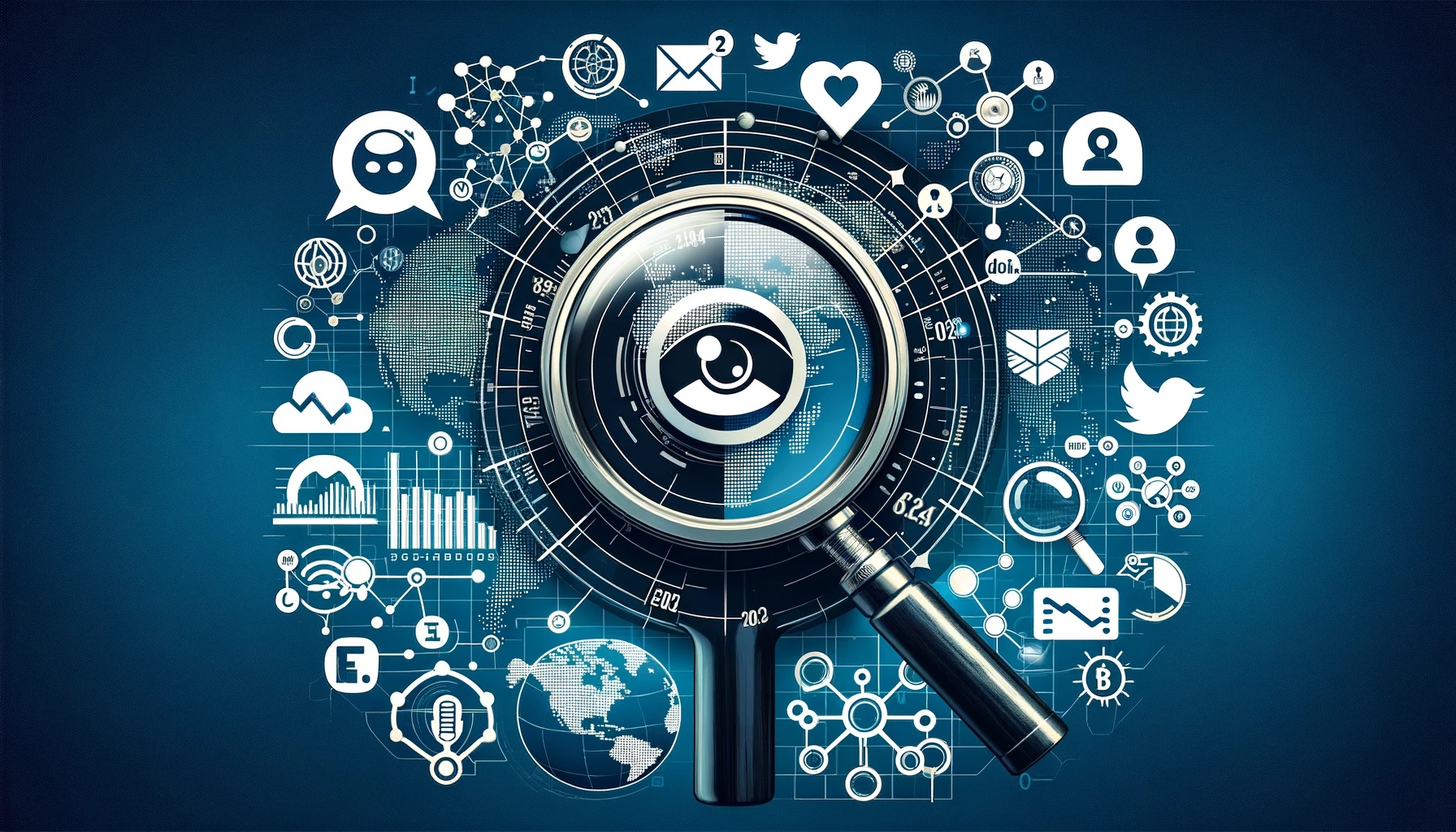The Importance of Social Media Monitoring
In the ever-evolving digital era, social media monitoring has transitioned from a luxury to an essential tool for brands. It serves as a digital ear to the ground, providing vital insights into consumer perceptions, risks, opportunities, and the real-time effectiveness of marketing campaigns. As social platforms and consumer behaviors continue to transform rapidly, the need for sophisticated tools to sift through the digital noise and capture meaningful insights is paramount.
Powerful AI Tools Provide Actionable, Real-Time Insights
Gone are the days of manual keyword tracking. In today’s dynamic social media environment, platforms like Awario, Brandwatch, and Talkwalker are leveraging artificial intelligence (AI) and machine learning to scan and analyze vast amounts of social data.
Awario:
- Auto-categorization: Utilizing natural language processing (NLP), Awario tags conversations by relevant topics automatically. This feature streamlines the process of sorting through large volumes of data, making it easier for brands to quickly identify and react to the most pertinent conversations.
- TrueSocial Metric: This tool differentiates between authentic engagement and artificial inflation, such as bots or paid followers. This distinction is crucial for brands aiming to build genuine community connections.
Brandwatch:
- Real-time Alerts: This feature uses AI to promptly flag content that could potentially damage a brand’s reputation, allowing for quick damage control.
- Audience Insights: By leveraging machine learning, Brandwatch provides deeper insights into customer segmentation, offering a more nuanced understanding of different audience segments.
Talkwalker:
- Advanced Multilingual NLP: Talkwalker’s ability to analyze 1.5 billion mentions daily across 187 languages makes it an invaluable tool for global organizations.
- Comprehensive Analytics: This platform helps businesses like a leading hotel chain understand customer feedback on an international scale and gauge reactions to new property openings worldwide.
Activating AI-Powered Platforms
Leveraging AI in social media monitoring requires more than just the technology; it necessitates the integration of these tools into the organizational framework. Key factors for successful deployment include:
- Cross-Departmental Data Sharing
- Social Response Checklists
- Executive Dashboard Reporting
- Specialized Training
Beginners can start with free trials, webinars, and guides offered by these platforms. Participating in major conferences like Social Media Week can also provide insights into the latest industry trends and competitive developments.
Translating Insights into Impact
Effective social media monitoring blends strategic listening with responsive action plans. According to a McKinsey study, brands that excel in social media engagement can increase customer lifetime value by 5-15%. This demonstrates the tangible benefits of adept social media strategy in enhancing key marketing KPIs like brand awareness, reputation, and sales growth.
Expanding Beyond Traditional Social Media Platforms
While platforms like Facebook, Twitter, and Instagram are staples in social media monitoring, brands should not overlook emerging platforms and niche online communities. For instance, platforms like Reddit and Discord host vibrant communities that can offer unique insights into consumer preferences and trends. Monitoring these less traditional platforms can uncover untapped opportunities and provide a more comprehensive view of the online conversation surrounding a brand.
Integrating Social Media Insights into Broader Marketing Strategies
Social media monitoring should not exist in a vacuum; it needs to be integrated into the broader marketing strategy. Insights gleaned from social media can inform product development, customer service improvements, and overall brand messaging. For example, a cosmetic brand might use feedback from social media to inform the development of a new product line or to adjust their branding to better resonate with their target audience.
Leveraging User-Generated Content
User-generated content (UGC) is a goldmine for brands on social media. Monitoring tools can help identify and leverage UGC, turning customers into brand advocates. By highlighting positive customer experiences shared online, brands can enhance their credibility and connect with audiences in a more authentic way.
Handling Crisis Management
In the age of viral content, a brand’s reputation can be significantly impacted by how it handles crises on social media. Monitoring tools can alert brands to potential issues before they escalate, allowing for swift and effective crisis management. Developing a crisis response plan, which is regularly updated and tested, is crucial for modern brands.
Analyzing Competitors
Social media monitoring is not just about listening to conversations about your own brand; it’s also about keeping an eye on competitors. By analyzing competitors’ social media activity, brands can identify gaps in their own strategies and discover new opportunities.
Measuring ROI of Social Media Efforts
One of the challenges brands face is quantifying the return on investment (ROI) of their social media efforts. By setting clear KPIs and using monitoring tools to track these metrics, brands can better understand the impact of their social media strategies on overall business objectives.
Building a Community
Ultimately, the goal of social media monitoring is to help brands build and maintain a vibrant, engaged community. This involves not only listening and responding to feedback but also actively fostering an environment where customers feel heard and valued.
The Future of Social Media Monitoring
As we look to the future, the role of AI in social media monitoring will continue to grow. Innovations in AI and machine learning are likely to provide even more sophisticated tools for analyzing social media data, offering brands unprecedented insights into consumer behavior and preferences. The integration of these technologies will be a critical factor in maintaining a competitive edge in the ever-changing digital landscape.
In conclusion, social media monitoring in 2023 is about much more than just tracking mentions and hashtags. It’s a comprehensive approach that involves leveraging advanced AI tools, integrating insights into broader marketing strategies, handling crisis management effectively, analyzing competitors, and building a robust online community. By embracing these practices, brands can transform their social media efforts from passive listening to active engagement, driving real-world business results and staying ahead in the digital age.


